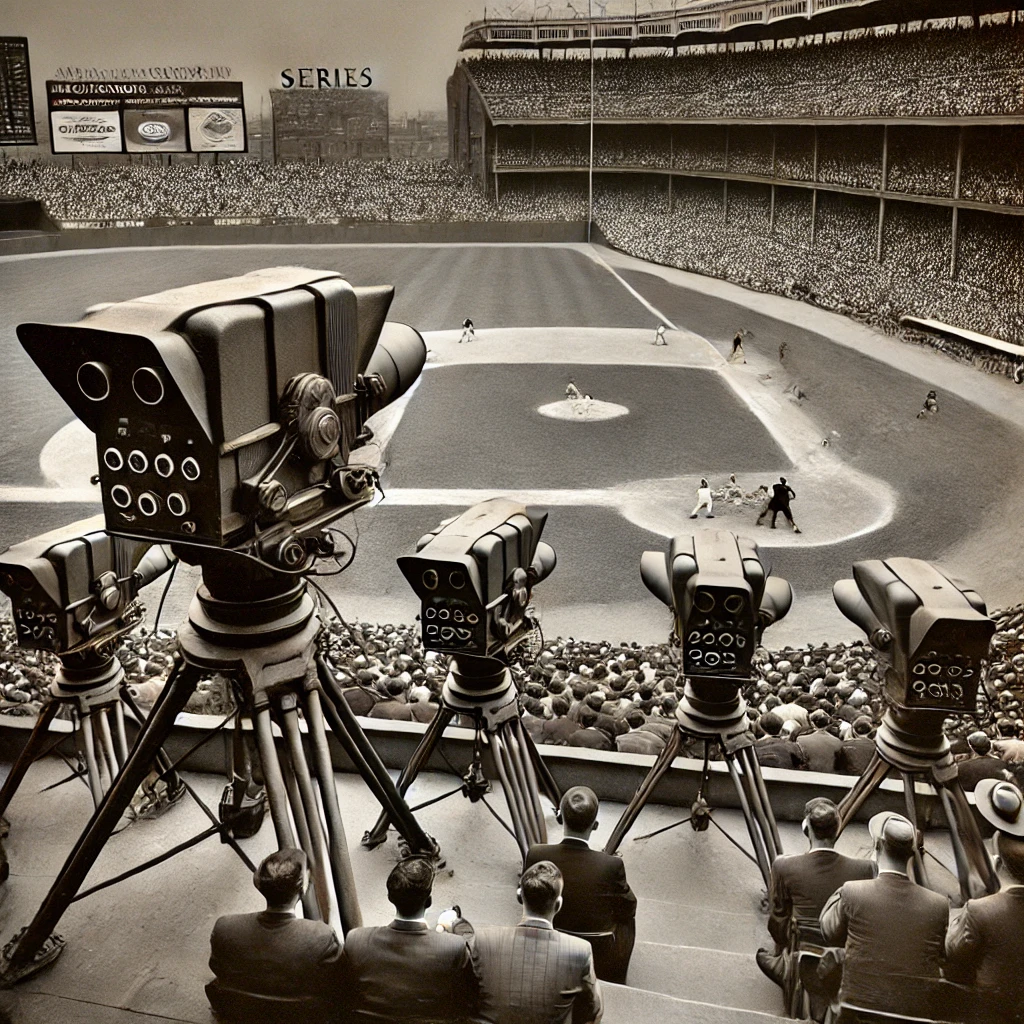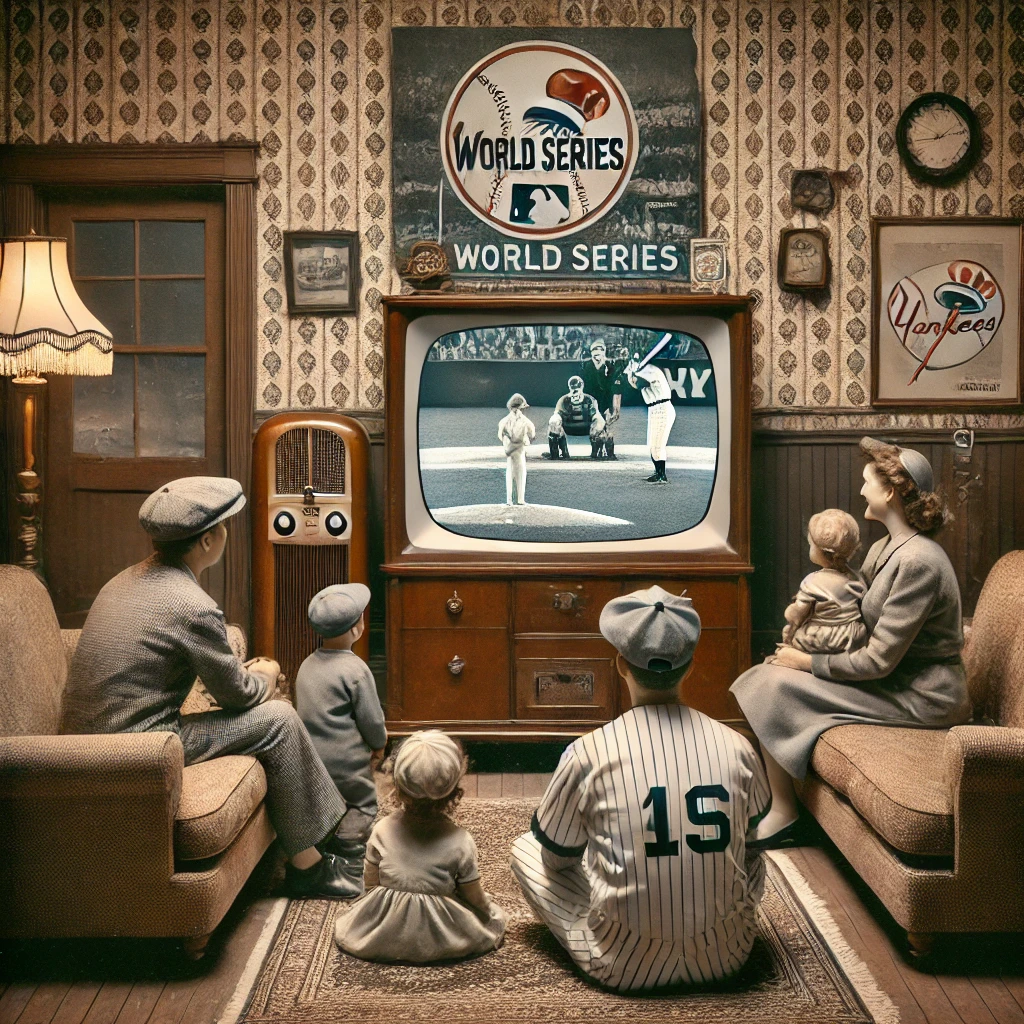On September 30, 1947, a significant milestone in sports history occurred when the World Series was broadcast on television for the first time. This momentous event not only changed how fans experienced baseball but also revolutionized the relationship between sports and media. The series, which featured the New York Yankees facing the Brooklyn Dodgers, marked the beginning of a new era in sports broadcasting and set the stage for the immense popularity of televised sports in the decades to come.

The Context of the 1947 World Series
The 1947 World Series was particularly notable for its high-profile matchup between two of baseball’s most iconic teams. The New York Yankees, a powerhouse in Major League Baseball, were looking to defend their championship title against the upstart Brooklyn Dodgers, who sought their first championship since 1920. The rivalry between these two New York teams captured the imagination of fans and created a thrilling atmosphere as they battled for the championship.
As television technology was gaining traction in the late 1940s, the decision to broadcast the World Series was a strategic move by Major League Baseball (MLB) to expand its audience. At the time, only a fraction of American households owned television sets, but the growing popularity of this medium presented an opportunity to reach a broader audience and increase fan engagement. The decision to air the series marked a pivotal moment in the commercialization of sports and the influence of television in American culture.

The Broadcast and Its Impact
The first televised World Series game aired on October 5, 1947, and was viewed by an estimated 3.9 million people. The broadcast featured innovative techniques for its time, including multiple camera angles and live commentary, which allowed viewers to experience the game as if they were in the stadium. This new way of consuming sports created a more immersive experience for fans and laid the groundwork for the modern sports broadcast format.
The success of the televised World Series had immediate implications for both baseball and the television industry. As more fans tuned in to watch the games, MLB recognized the potential for television to enhance its popularity and generate additional revenue. The financial benefits of broadcasting rights would become a critical component of professional sports in the following decades, paving the way for lucrative television deals and sponsorships.
Lasting Influence on Sports Broadcasting
The broadcast of the 1947 World Series is often credited with changing the landscape of sports broadcasting forever. Following this groundbreaking event, television became the primary medium through which fans experienced sports. The popularity of televised games led to an increase in the number of broadcasts, including regular-season games, which helped cultivate a dedicated fanbase across the nation.

Moreover, the impact of the televised World Series extended beyond baseball. Other sports leagues quickly recognized the potential of television to grow their audiences and revenues. This shift contributed to the rise of televised sports as a staple of American culture, influencing everything from advertising strategies to the way games are produced and consumed. Today, sports broadcasts are a multi-billion dollar industry that plays a central role in shaping public interest and engagement.
Cultural Reflections and Community Engagement
The ability to watch the World Series on television allowed families and friends to gather in their living rooms to experience the excitement of the game together. This communal aspect of viewing sports helped to foster a sense of community and connection among fans, transcending geographical boundaries. The cultural significance of this shared experience continues to resonate, as televised sports remain a central part of American social life.
Televised sports have also evolved to incorporate digital platforms, enabling fans to engage with their favorite teams and players through social media and streaming services. The legacy of the first televised World Series is evident in the current landscape of sports entertainment, where access to games and coverage is more extensive than ever before.
The broadcast of the World Series on television on September 30, 1947, was a landmark event that changed the face of sports forever. It demonstrated the power of television to connect fans with the games they loved and established a new paradigm for how sports would be presented and consumed. As we continue to enjoy sports through various media channels today, the legacy of that historic broadcast serves as a reminder of the ongoing evolution of sports and its role in American culture.
